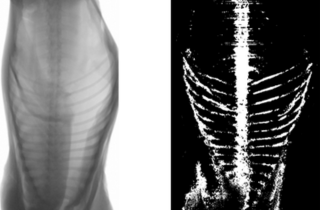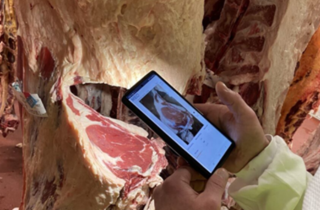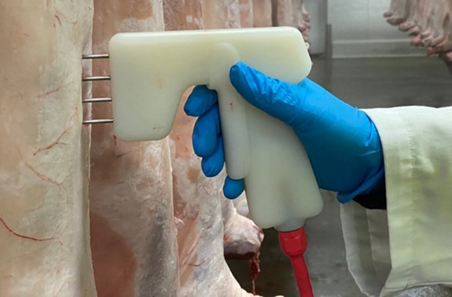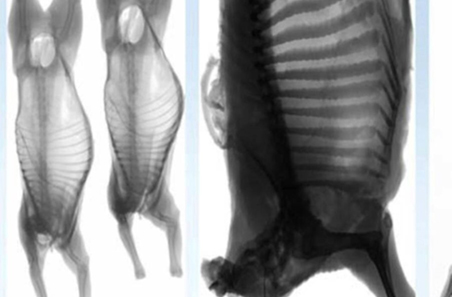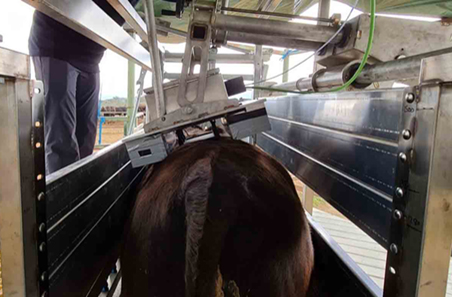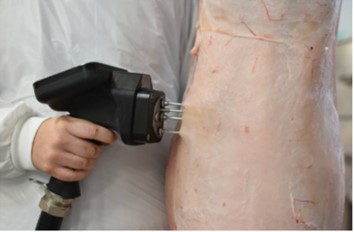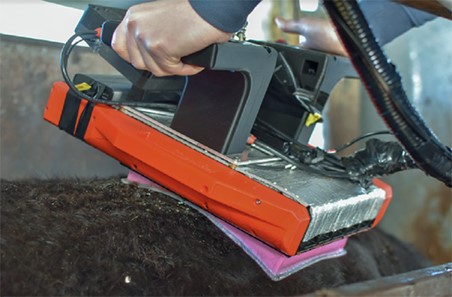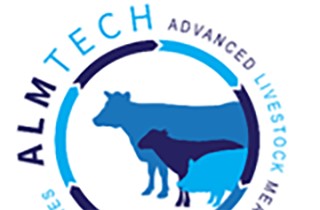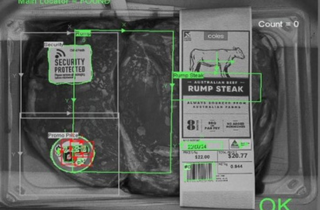
Objective measurement (OM) of livestock and carcase attributes is an essential enabler for industry to improve grading accuracy, transparency and enable value creation and capture incentives. This underpins the industry Red Meat 2030 goal to have a net positive benefit on sustainable farm profitability. These include unlocking decisions informed through data measurements across key traits to describe carcase value, such as lean meat yield, eating quality and health attributes.
As well as technology development, the OM program includes other key enablers such calibration of measurements, development of digital data and measurement standards, developing new meat industry language criteria, supporting data integration into business systems, including supporting feedback and producer/seedstock extension programs, and decision support systems.
Successful delivery will support the red meat industry to transition to new business models, underpinned by key objective measurement technologies and related value-based trading.
Core Activities
The OM programs historical focus on off-farm technology development has shifted strongly towards adoption and supporting commercial implementation. In parallel there is an increased focus on initiating R&D to develop live animal OM technologies. Key activities include:
- Supporting the development, early adoption and implementation of emerging live animal technologies that focus on productivity, composition and welfare attributes for improved supply chain feedback.
- Supporting the development, early adoption and implementation of carcase measurement solutions and value/quality attributes that enhance Meat Standards Australia (MSA) and AUS-MEAT grading, including investigating opportunities for hot (pre-chiller) beef MSA grading, lean meat yield, and enabling adoption of the cuts-based MSA sheepmeat model. It also includes companies using objective measurement data to underpin brand based strategies.
- ‘Fifth quarter’ objective measurement technologies that support the grading and harvesting of red meat products, including offal, hides, skins, blood, bones, by-product and co-product raw materials, for processing into higher value products such as food and nutraceutical ingredients.
- Supporting the development, early adoption and implementation of traceability solutions in abattoirs that deliver improved end-to-end traceability and integration from objective measurement data.
- Supporting the development of enabling objective measurement tools that enhance supply chain efficiencies.
Benefits to Industry
The OM program develops and supports technologies that contribute to the following value propositions:
- OM based processing of livestock to optimise sales value
- Genetic trait selection for OM based lean meat yield (LMY) increase while maintaining or improving eating quality, and maintaining pH
- OM based increase in feedlot marbling while optimising turn-off times
- Live animal OM measurement of lean meat yield (LMY) for on-farm management and selling decisions
- Intramuscular fat (IMF) measurement at line-speed to enable the MSA cuts-based sheepmeat model
- Hot grading to enhance fabrication efficiency and improve market allocation to optimise value.
The economic impact of the above value propositions were modelled on an ex-ante program level in 2020. The results indicated that the annual cattle and sheep net benefit achievable from the likely adoption of both carcase and live animal based objective measurements is $62.7 million in 2030 and $216.9 million in 2045, with the majority of benefits derived from cattle OM ($50.2 million in 2030 and $174.5 million in 2045). This is estimated to bring $1.3 billion net benefit value to the red meat industry over the period 2025 to 2045.


